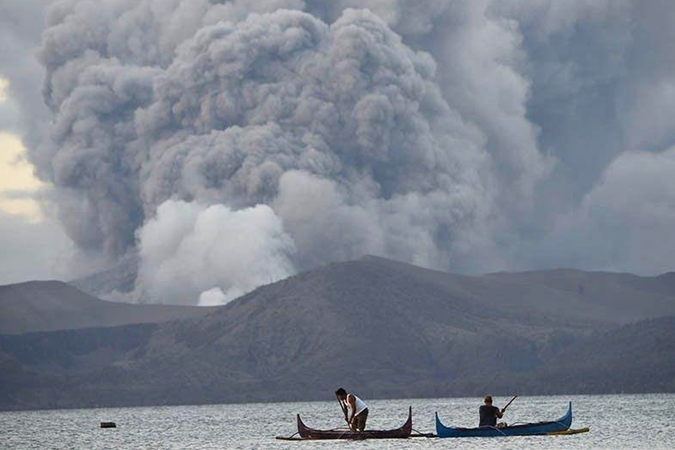PHL banks most exposed to climate risk in APAC — Moody’s

PHILIPPINE BANKS are the most exposed to physical climate risk in the Asia-Pacific region, according to Moody’s Investors Service, which noted the impact could affect asset quality.
In a note on Thursday, the ratings agency said climate change and related government policies are posing some risks for Asia-Pacific banks.
“Asia-Pacific economies with weak infrastructure are particularly vulnerable to physical climate risks, which can hurt banks’ asset quality because a natural disaster can damage borrowers’ assets or disrupt their cash flow. Many banks in the region also face asset risks from large exposures to sectors susceptible to carbon transitional risks,” it said.
The Philippines faces the highest physical climate risk, followed by Bangladesh, Vietnam, India, and Indonesia. These countries experience natural disasters every year such as typhoons, floods, volcanic eruptions, and drought, which cause disruptions to the economy.
The Philippines was also the fifth most exposed to environmental risk arising from “natural capital.” Bangladesh was the most exposed to natural capital, followed by Sri Lanka, Pakistan and India.
Aside from these weather-related disruptions, Asia-Pacific banks also face carbon transition risks that stem from sudden changes in asset values as economic priorities shift.
The debt watcher estimated 22% of the Philippine banks’ overall gross loan portfolio were exposed to credit risks linked to environmental factors.
Local banks were most exposed to energy utilities, and oil and gas (11% of gross loans); surface transportation/logistics/shipping (6%); building materials/construction (4%); and mining (coal and other metals) (0.4%). Banks had no risk exposure in steel and chemicals sectors.
“Asset risks from the transition to carbon neutrality are limited in the near term for banks in developing countries in Asia because economic growth is a greater priority for their governments, and they inevitably need to rely on fossil fuels to achieve that,” Moody’s said.
Compared with banks studied across 12 Asia-Pacific economies, the exposure of Philippine banks to sectors with high environment-related risks was the second highest at 22% behind China’s 24%. The Philippines was followed by Bangladesh (17% exposure), Indonesia (16%), Vietnam (15%), India (14%), and Thailand (10%).
“Asia-Pacific countries’ pledged commitment to the goals of the Paris Agreement for 2030 and their net zero emissions targets will create opportunities for banks to boost lending because the new government policies will require enormous amounts of investment in clean energy and efficient infrastructure, with bank lending to be the largest source of funding for such projects,” Moody’s said.
Bangko Sentral ng Pilipinas (BSP) Governor Benjamin E. Diokno said earlier this month that they will issue a second-phase regulation for sustainable financing. Through this, the central bank will gauge climate change risk in the assessment of credit and operational risk management of the banking industry.
In April 2020, the BSP unveiled the sustainable finance framework and gave banks a three-year transition to adopt its provisions. — BML



